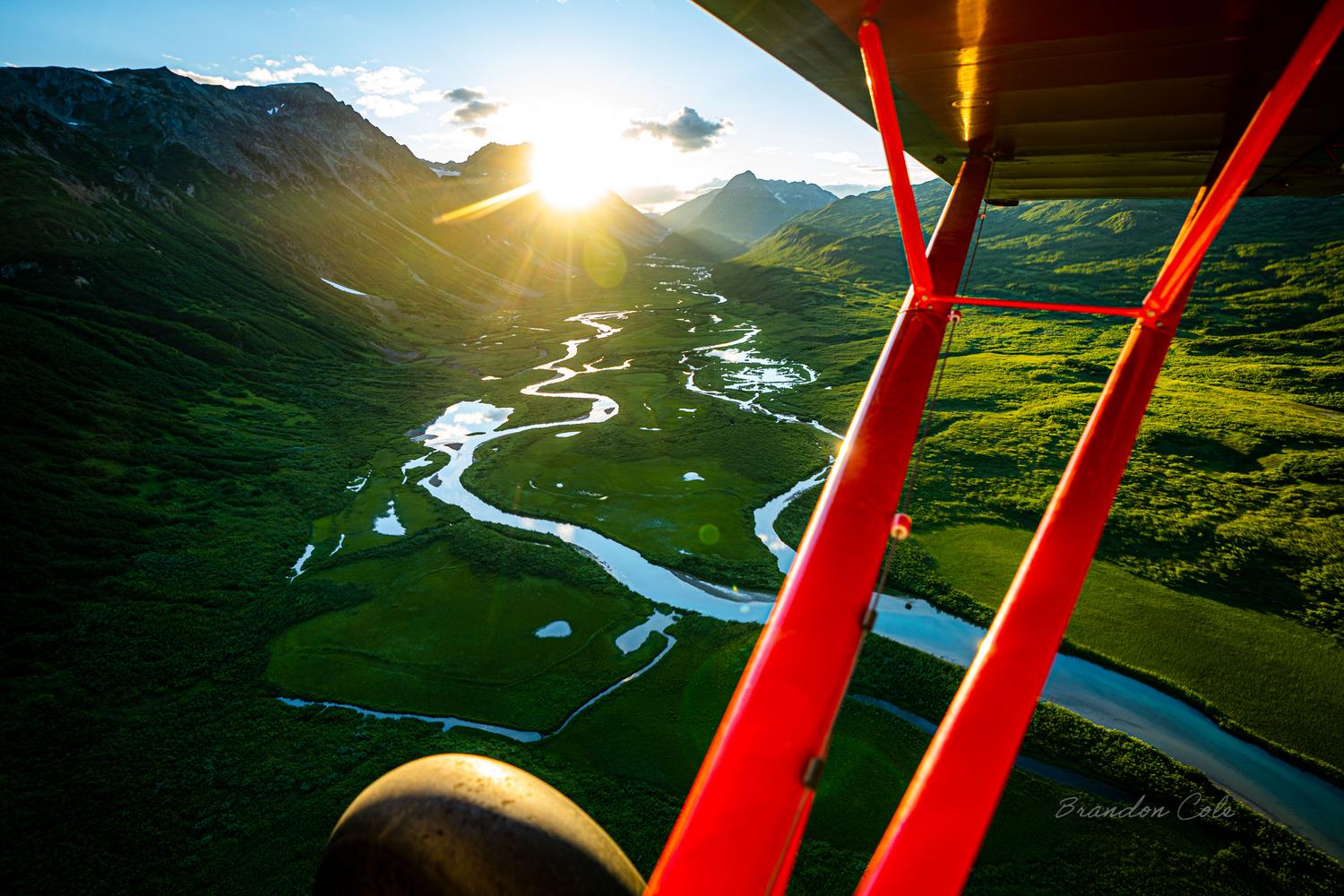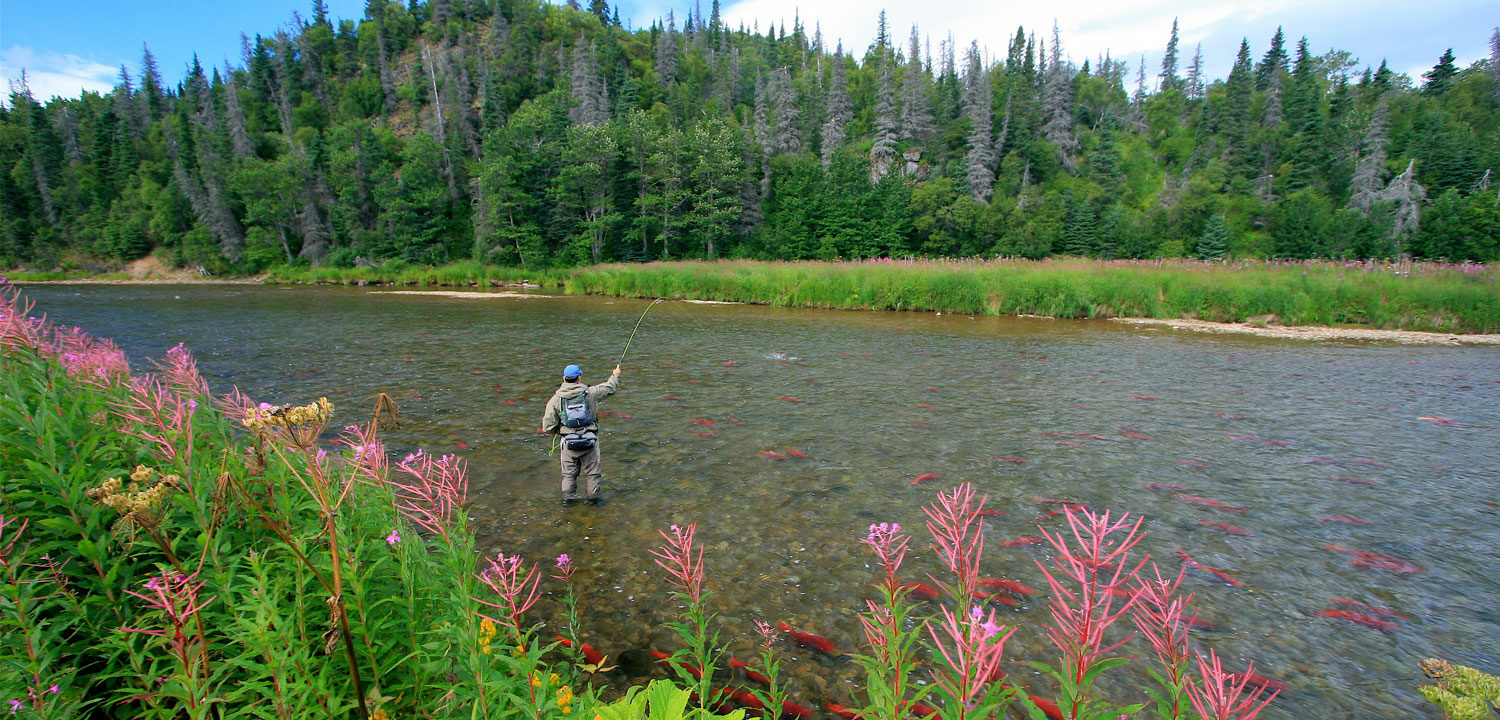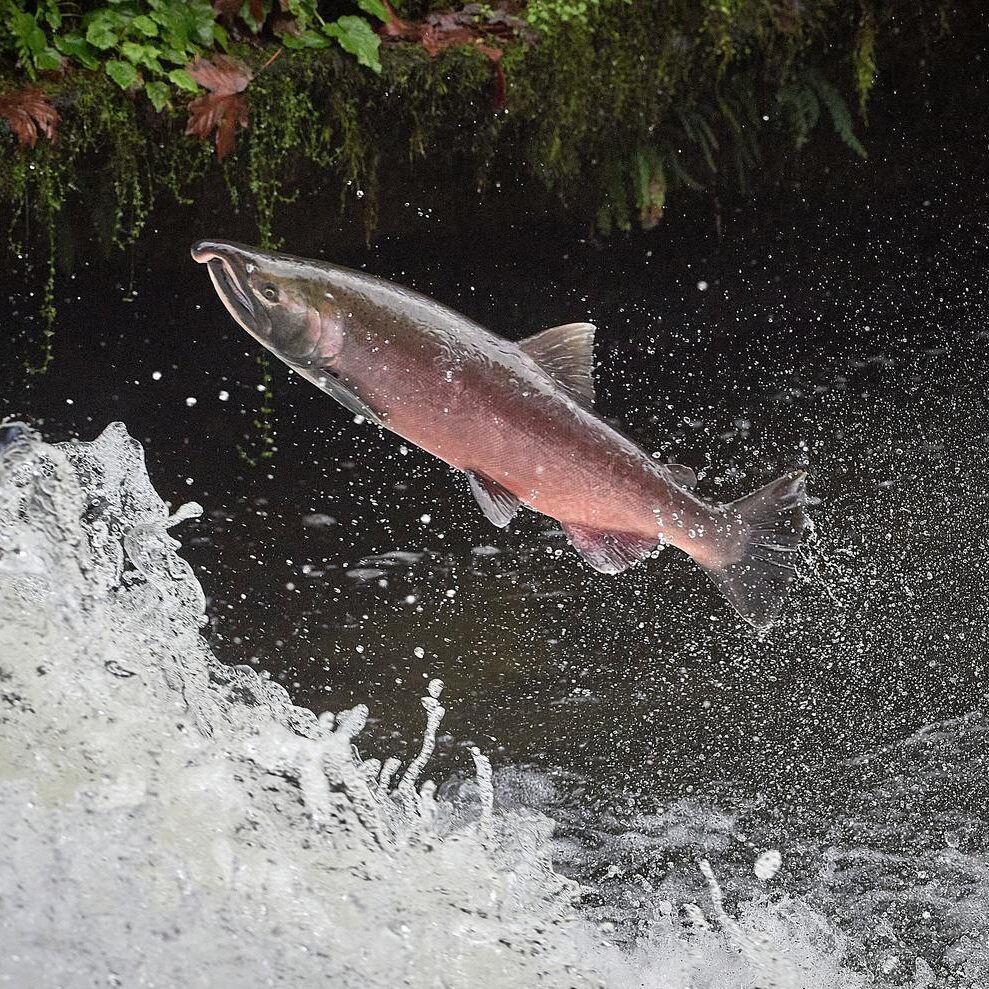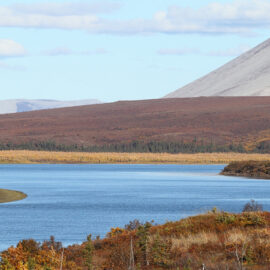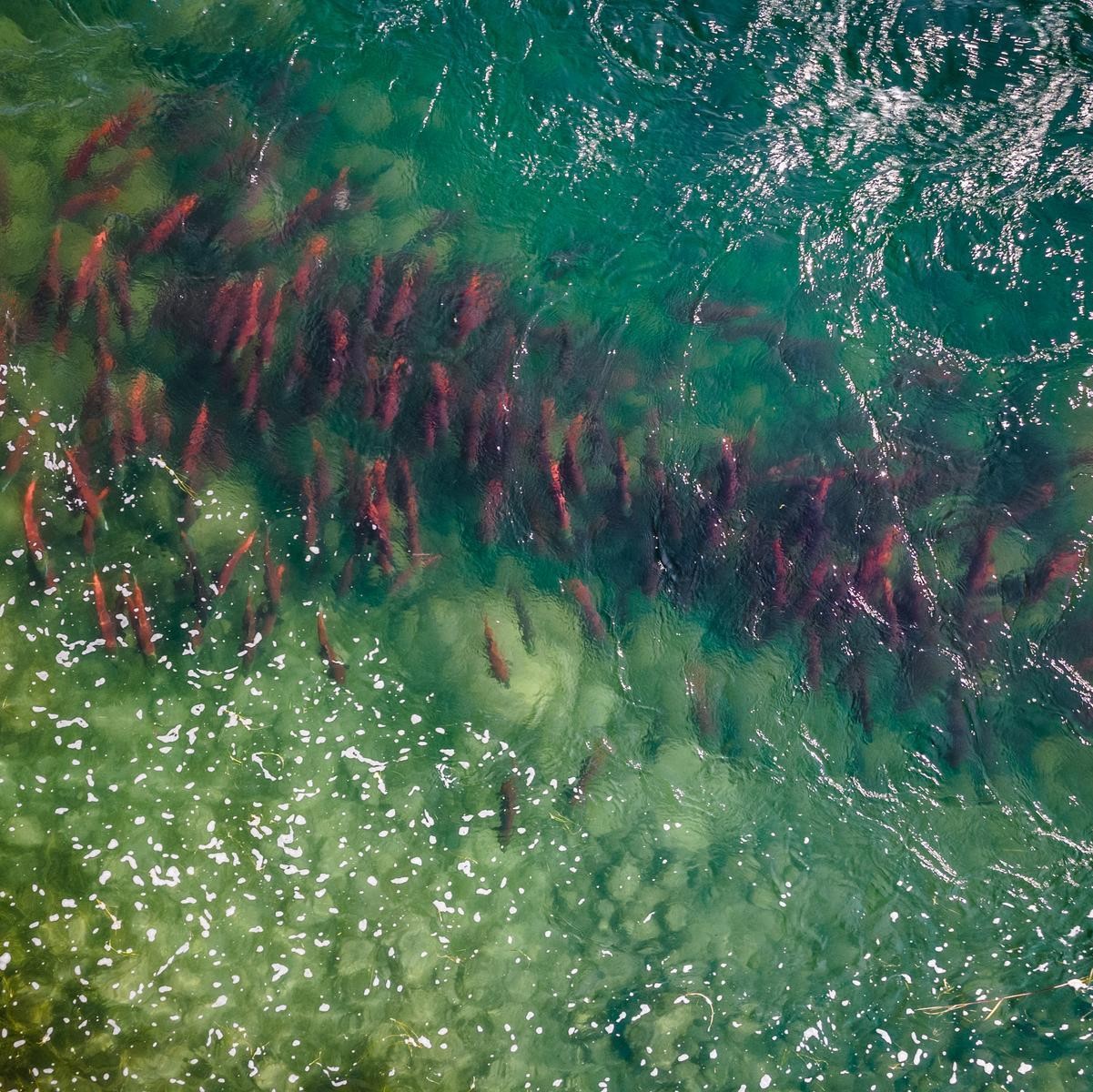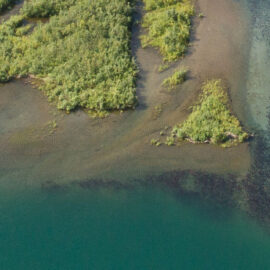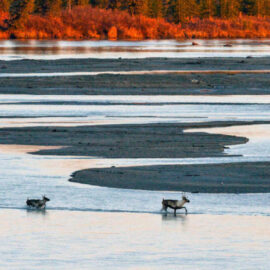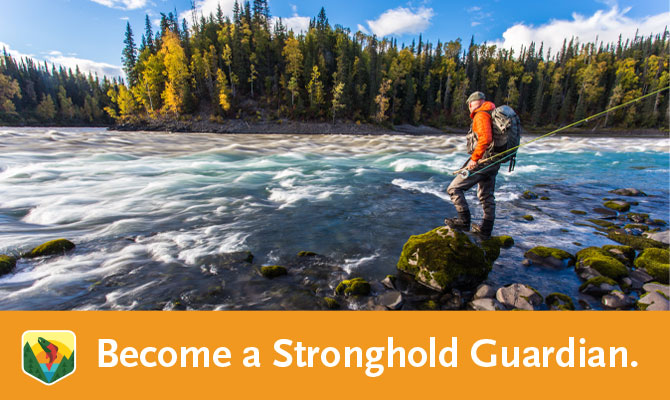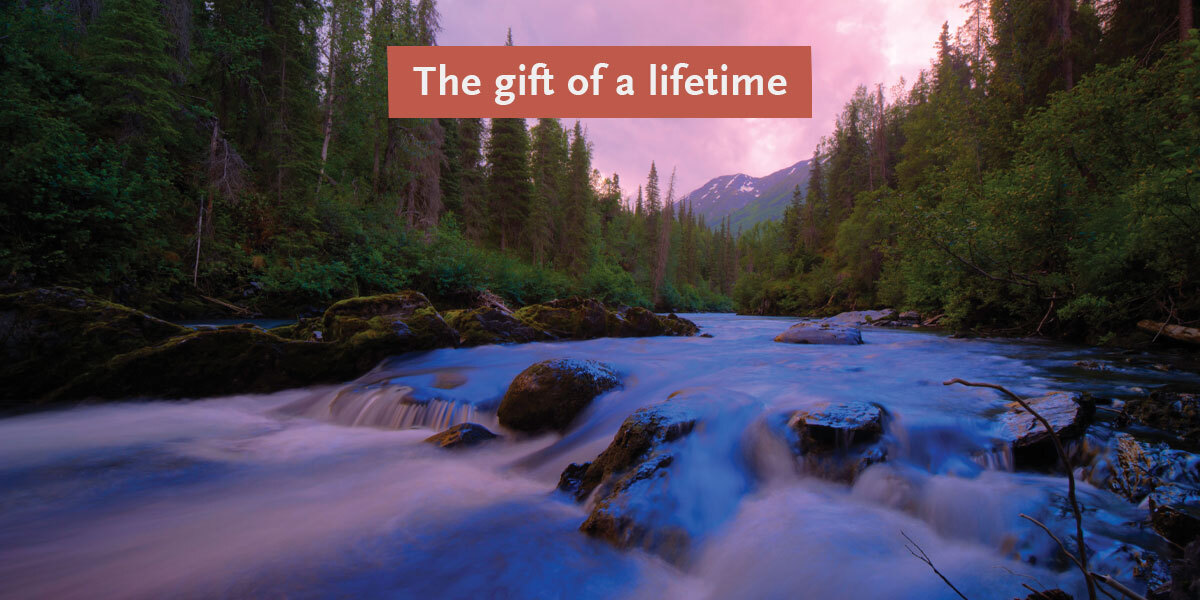Protecting America’s best stronghold
Alaska is one of the most extensive and intact wild salmon strongholds left on the planet. Its 60,000 miles of coastline and tens of thousands of rivers, streams, and lakes sustain Alaska’s world class salmon runs, and abundant wildlife including bears, moose, caribou, and eagles. Alaska communities are also dependent on salmon for commercial, recreational and subsistence fisheries. Only 1% of Alaska is permanently altered by human activity, which presents a unique opportunity to balance development and the state’s economic growth with the conservation of strong wild salmon populations upon which so many Alaskans rely.
Wild Salmon Center works with local partners to ensure that the state takes a fish-friendly approach to growth. We raise the profile of commercial, recreational, and subsistence fisheries and their importance to the economy and communities. And where Alaskans decide that certain rivers and regions need permanent protection, we support those efforts.
Heading off big threats
Wild Salmon Center and partners also work to head off large scale threats to on Alaska’s salmon resources. These threats include intensive resource extraction—open pit mining, oil and gas exploration and development, dam building and timber harvest—in environmentally sensitive areas and fragile wild salmon ecosystems (think: Susitna Dam, Chuitna Coal Mine, in addition to Pebble Mine).
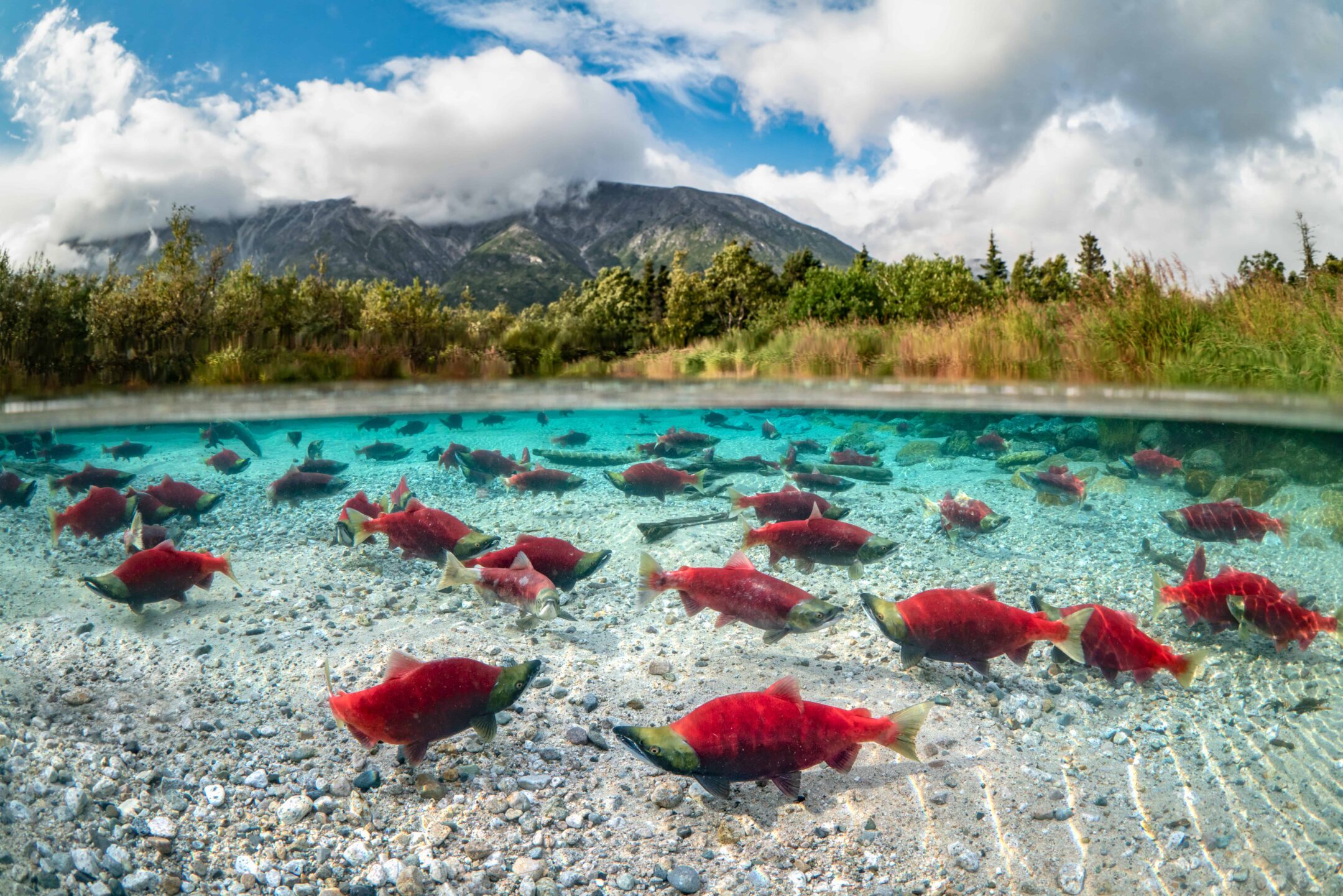
Alaska Public Lands
Across Alaska, the vast majority of lands are publicly managed by the federal Bureau of Land Management. Since 1971, some 50 million BLM-managed acres have been considered withdrawn from extractive industrial development: protected under the Alaska Native Claims Settlement Act. These vast, intact landscapes support all five species of Pacific salmon, three of North America’s largest caribou herds, abundant moose populations, and vast numbers of migratory birds.
In January 2021, a “midnight decision” by the Trump Administration threatened to repurpose 28 million acres of these public lands for extractive industrial development. In late 2023, BLM opened an environmental review process to public comment. In a massive wave of support, more than 140,000 Americans joined over half of Alaska Native Tribes, and hundreds of businesses in telling the federal government to keep these lands intact. Protecting these lands from extractive development represents a generational opportunity to protect Alaska fish and wildlife, protect the subsistence resources that support more than 75 percent of Alaska Native communities, and help the United States build climate resilience.
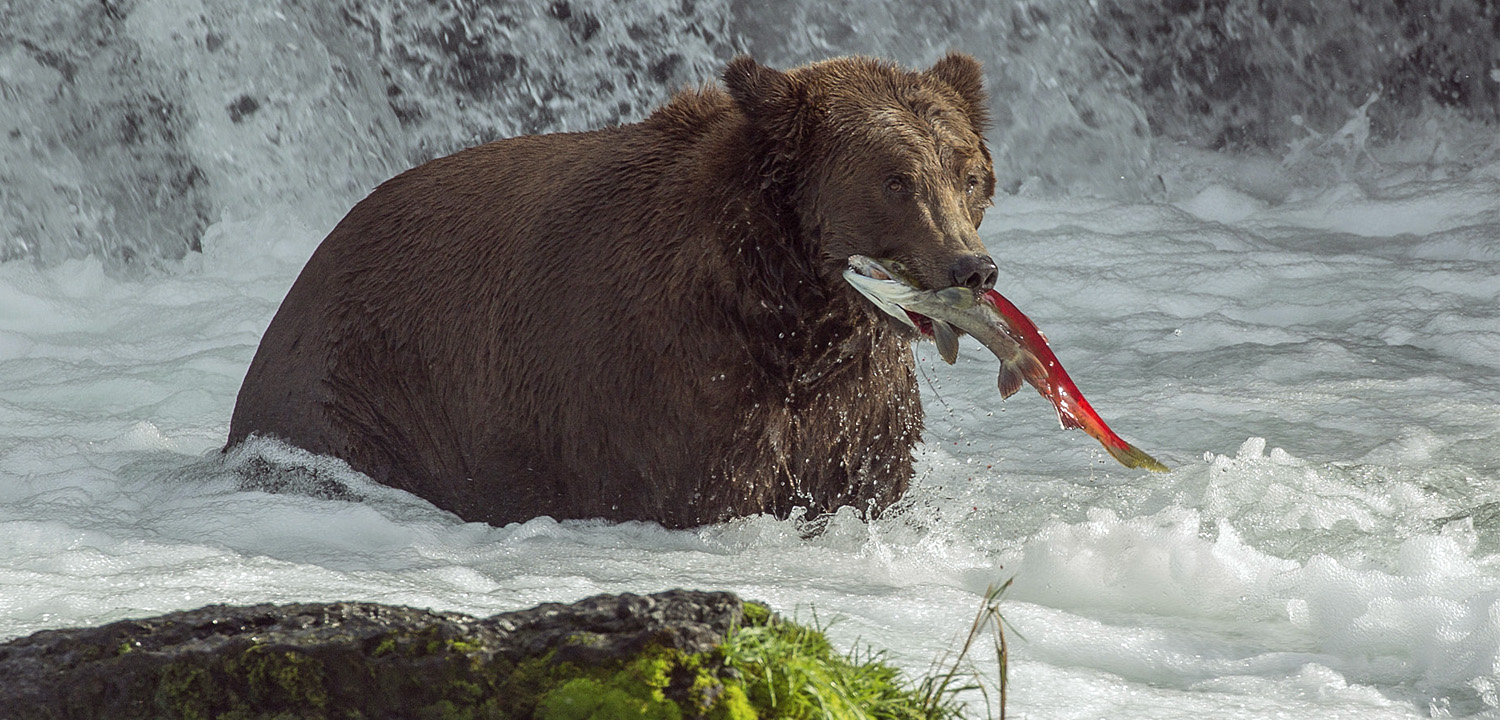
Bristol Bay
One of the greatest threats to Alaskan salmon is the proposed Pebble Mine at the headwaters of the Nushagak and Kvichak rivers in the Bristol Bay region – the most productive salmon ecosystem in the world. If constructed, Pebble would be the world’s second largest open pit copper/gold/molybdenum mine and include the world’s largest earthen dam to hold back 10 billion tons of toxic tailings and contaminated water. In 2023, after a decades long campaign, the U.S. Environmental Protection Agency announced that Clean Water Act (“404c”) protections will safeguard the headwaters of Alaska’s Nushagak and Kvichak Rivers. This means that Bristol Bay’s headwaters—the nursery sustaining the world’s greatest remaining wild sockeye salmon fishery—are now off-limits to Pebble Mine. Wild Salmon Center will continue to work as part of the Bristol Bay Defense Fund to ensure the long term protection of this region.
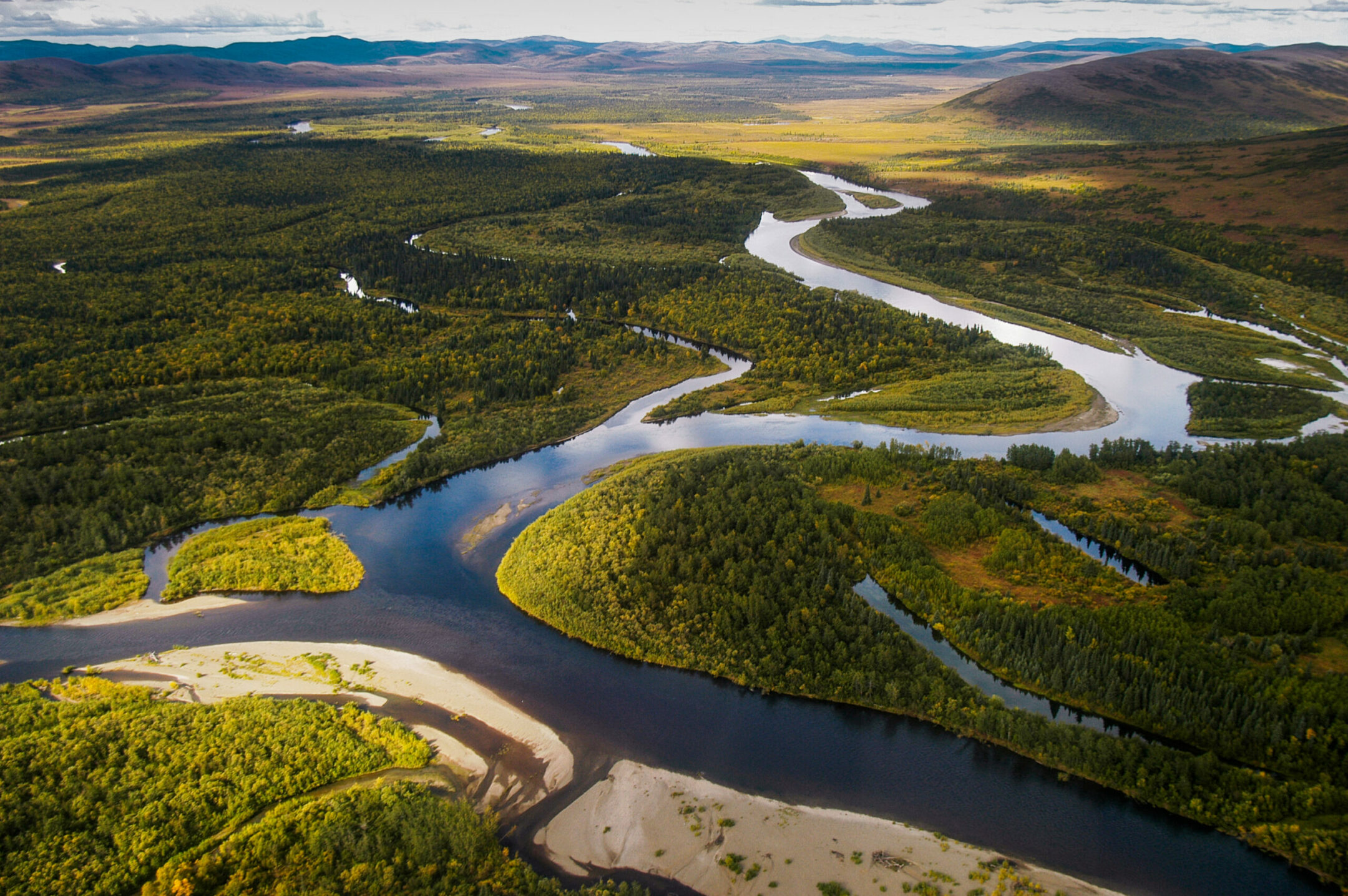
Susitna River
From its glacial origins near Denali and the Alaska Range, the Susitna flows over 300 miles to Cook Inlet. It sustains five species of Pacific salmon — including Alaska’s fourth largest run of Chinook. The Susitna has faced a number of threats over the decades, including a proposed dam that would be the second tallest in the United States. It would flood prime hunting and recreation wilderness near Denali National Park and threaten the Susitna’s strong salmon runs. A call by Gov. Bill Walker in 2016 to suspend the dam due to state budget shortfalls has put a temporary stop to the project.
The latest threat, a $350 million publicly-funded industrial access road, would literally pave the way for hard-rock mining and other development. The West Su Access Road is a proposed state-funded 100-mile road crossing nearly 150 streams through the Matanuska-Susitna Borough to mining claims. Wild Salmon Center and our Defend the West Susitna coalition are working to protect this river against threats to the region’s hunting, fishing, and recreation economy, and its intact habitat.
